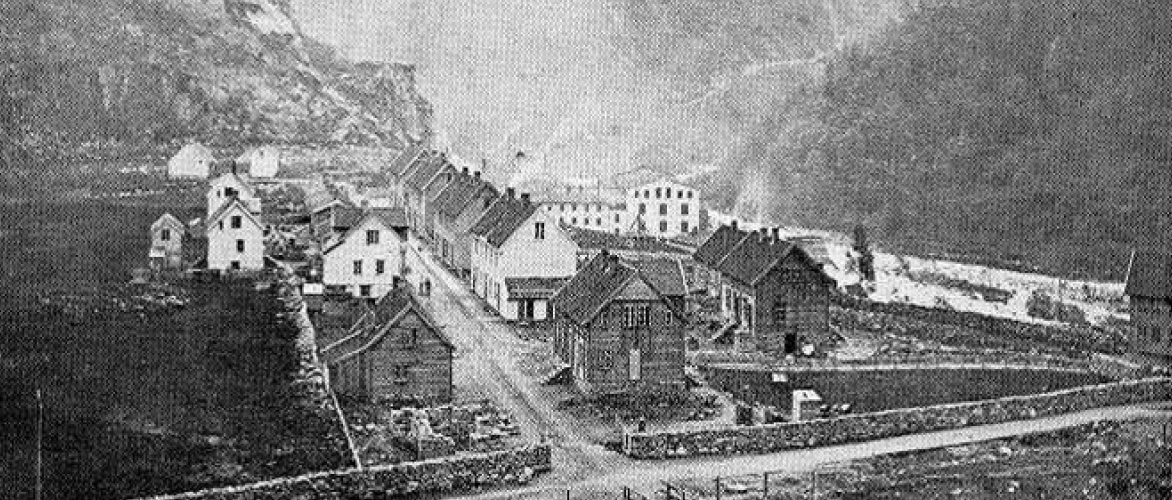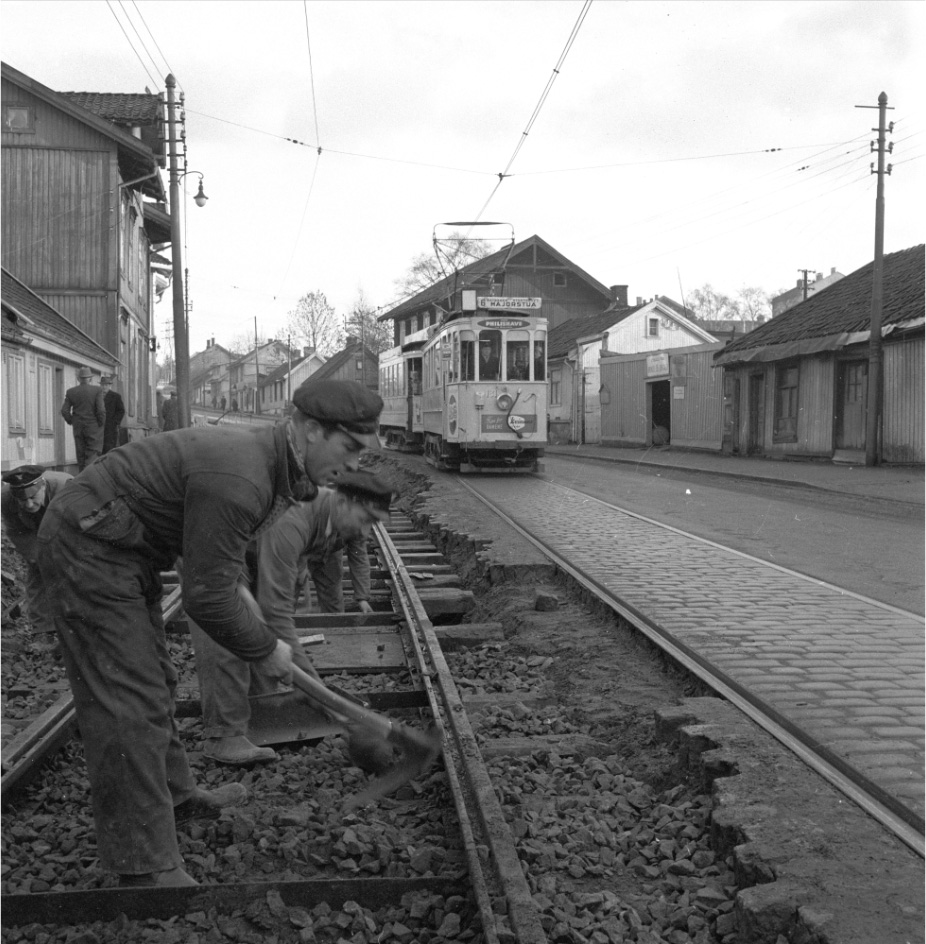145+ years of Excellence
The Factory Meant Everything

Dale Fabrikker has had a profound impact on Dale village and the surrounding municipality, influencing employment, housing development, social relations, and economic growth over the years.
Historical records, including letters, photographs, and documents, show how the village developed around 1879. The first buildings constructed were four workers’ residences on “Gatå” (The Street) in Dale, where the first employees, including Jebsen Jr. himself, lived during the early years. Soon after, townhouses were built, and within a decade, Dale Fabrikker had built dozens of homes, housing up to 1,000 people in the village. Over time, the factory became responsible for most housing development in the village, both in the early 1900s and after the war, during the factory’s peak years.

Letters from the 1920s reveal that local police faced challenges in dealing with alcoholism in the community. In response, they asked the factory managers to take responsibility for their workers by creating a designated area within the factory for addressing police matters. Many workers had little respect for the police, but when the factory threatened job loss for misconduct, compliance was restored.
During World War II, it became difficult to obtain supplies, and some workers were forced to work elsewhere by the occupiers. With food shortages worsening, Dale Fabrikker took action to support its workers by setting up a soup kitchen and purchasing large quantities of dried fish and canned food for distribution.
Dale Fabrikker also played a key role in supporting local associations. The music society, hunters’ club, church, choir, temperance society, and other organizations were all supported by key figures within the factory, who provided grants and made the factory’s facilities available for events. In the late 1940s, Dale Fabrikker even opened a kindergarten for workers’ children, equipped with specialized resources from associations in the capital, under the motto, “Only the best is good enough.”
In 1966, when the Dale sports club’s new clubhouse was being built at Geitabakken, the internal newsletter Stoffnytt stated: “Since Dale Fabrikker is involved in the project, the financial side of it will likely sort itself out.” And indeed, it did.
The question arises as to why Dale Fabrikker invested so many resources in the local community. The answer lies in the close knit relationship between the factory, its workers, and the village. Both staff and management viewed the company as a big family, with deep connections to the surrounding area.
In return for all the support Dale Fabrikker provided, the company has enjoyed a unique bond with the community. As noted during the factory’s 80th anniversary in 1959: “The company’s wellbeing is the worker’s wellbeing.
